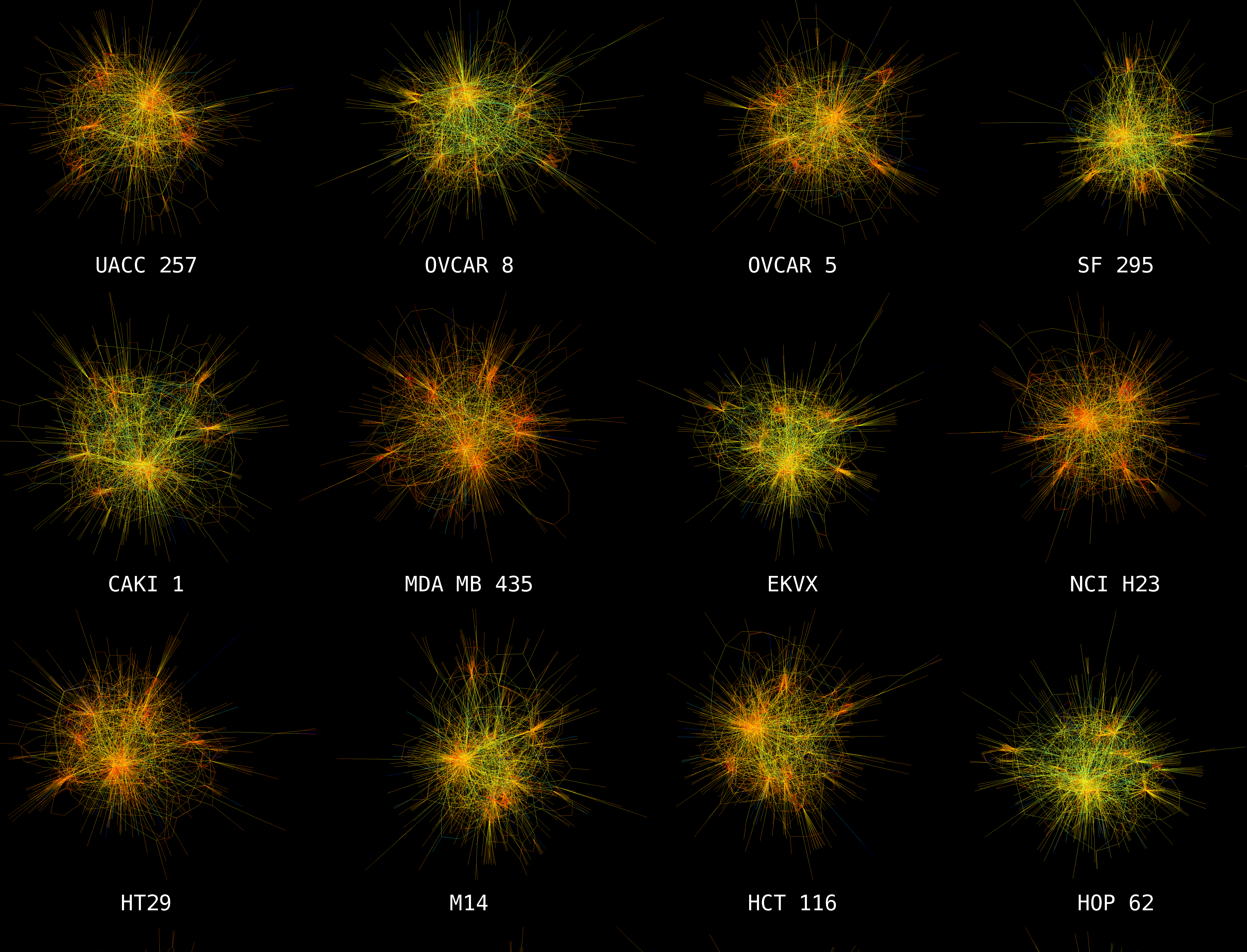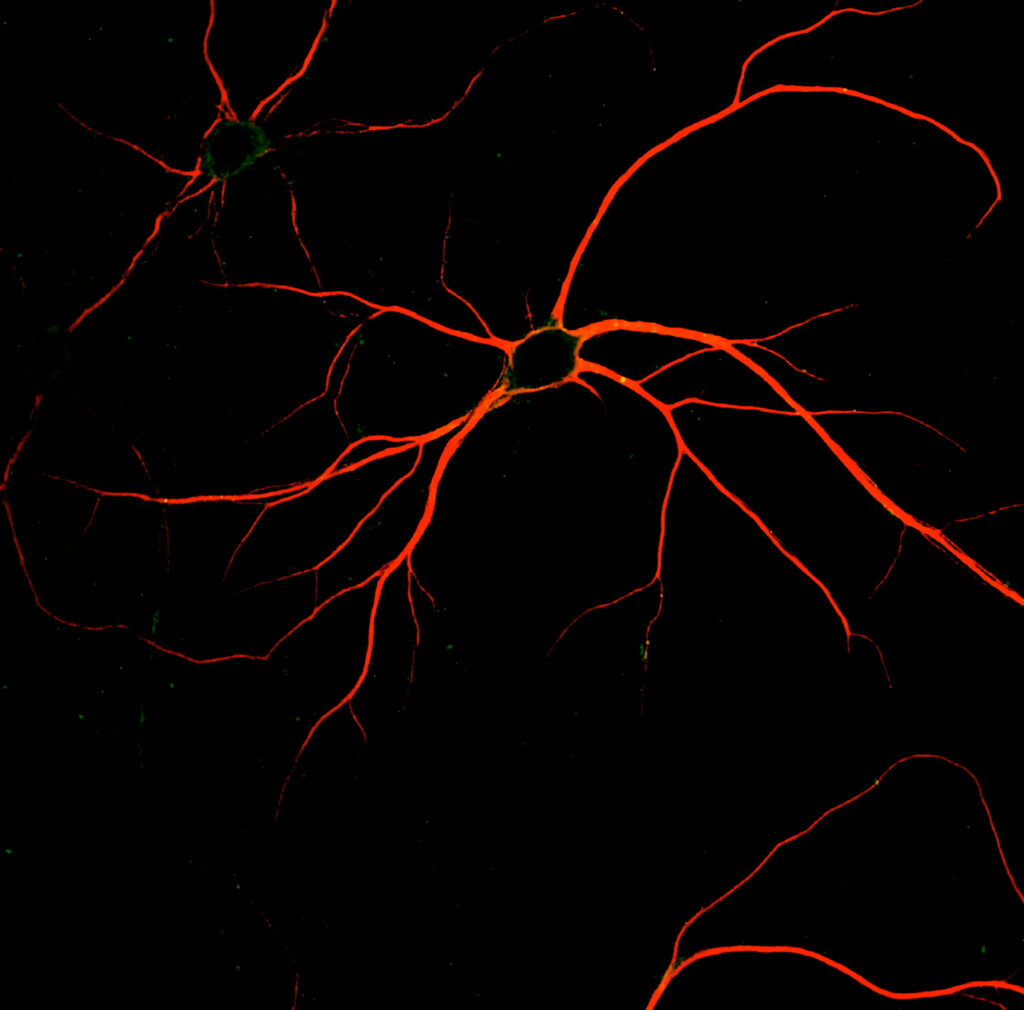At the LCSB we apply such methods to many aspects of brain research. Be it on the molecular, cellular or whole brain level, computational models are at the core of LCSB’s work.
The team of Dr Alex Skupin has built models of the calcium signaling as well as energy production in mitochondria – the powerhouses of the cells. Researchers from the teams of Assistant Prof. Enrico Glaab and Prof. Reinhard Schneider have discovered several new genes implicated in Alzheimer’s disease and epilepsies, respectively. Prof. Antonio del Sol’s team was able to predict which molecular factors need to be changed to convert one cell type into another using computational models. In addition, our computer scientists around Prof. Jorge Goncalvez interact very closely with Prof. Frank Hertel, neurosurgeon at the Centre Hospitalier de Luxembourg, to develop better ways to place and adjust electrodes used for deep brain stimulation in Parkinson’s patients. In an ongoing project funded by the Michael J. Fox foundation LCSB researchers aim apply deep learning approaches to data from Parkinson’s patients to predict the evolution of the disease. These non-exhaustive examples of LCSB’s computational research show that modelling approaches form a central part in many of our research areas and go hand in hand with experimental work.


In our brain 100 billion (1011) of neurons form connections and communicate with one another. Usually, the brain’s activity is in balance. If two brain regions however activate each other continuously, thereby becoming hypersynchronized, people experience seizures. Depending on the brain regions affected, seizures can vary widely in form. People with epilepsy experience unprovoked seizures, although everybody could be affected by seizures caused for instance by long periods without sleep or severe dehydration. Treatment with medications can control seizures but has side effects as they affect brain function in general. In addition, not all people with epilepsy respond to medication; for some surgery is an option.
To develop new therapies, our researchers develop epilepsy models that can be used to screen for new medication. One such model are the larvae of zebrafish. This small fish, originating in the Ganges river in India, has 60% of its gene are similar to those in humans making it a good model to study genetic effects. As the larvae is transparent, we can observe epileptic seizures with special dyes under a microscope and at the same time record their brain activity using an EEG. This allows us to study in immense detail how the seizure starts, spreads through the brain and ends again. Using this methodology, our researchers were able to show that in a zebrafish model of Dravet Syndrome – a rare genetic epileptic encephalopathy – a specific type of inhibitory nerve cells is lost during development. This causes a hyperactivation in the brain, resulting in epileptic seizures.When it comes to epilepsy research also our computer scientists come into play. They are developing machine learning algorithms that can automatically identify when a seizure happens in an EEG recording and that can help to classify different types of seizures.
© 2025 LCSB Fundraising
Legal notices
Design by Marc Wilmes Design
